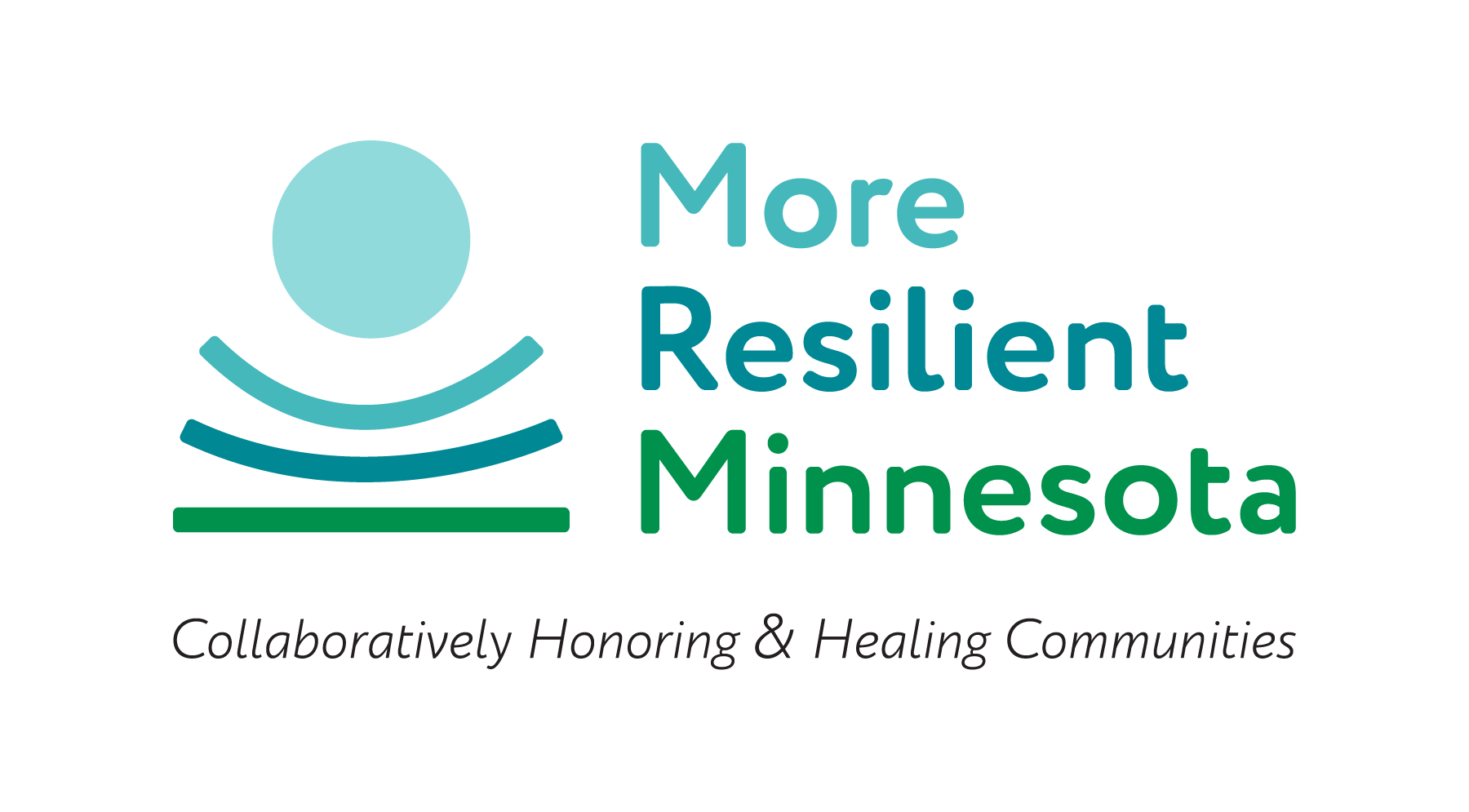Phase 4: Community Resilience Plans & Initiatives

After a Collaborative has:

Quote by Greg Reid
✓ Hosted at least 3 Understanding ACEs: Building Self-Healing Communities Presentations (Phase 1)
✓ Sent at least 3 Collaborative representatives to a Regional ACE Interface Presenter Training (Phase 2)
✓ Consulted local quantitative data and gathered input from at least 50 community members and providers via Community Resilience Conversations and/or 100 Cups of Coffee Interviews (Phase 3)
Collaboratives and their Community Resiliency Planning Teams will develop Community Resilience Plans that outline the Collaborative’s next steps for decreasing risk factors and increasing protective factors in their communities (Phase 4). These plans will be informed by community wisdom and local data that Collaboratives collected and considered in Phase 3.
What are Community Resilience Plans?
Community Resilience Plans are living documents that help Collaboratives enhance their community collaboration and capacity to identify local goals and priorities for concentrating their efforts to create Self-Healing Communities. More specifically, the plans will help Collaboratives outline strategies to increase resilience protective factors and decrease ACEs in Collaboratives’ communities. The plans will reflect priorities of at least 50 Collaborative representatives, partners, and community members, including those who provided input at Community Resilience Conversations and/or 100 Cups of Coffee Interviews.
The Community Resilience Plan focuses on activities connected directly to More Resilient Minnesota efforts (not initiatives that started separately from and/or before the Collaborative became active in More Resilient Minnesota). The plan may connect with the Collaborative’s current strategic plan or some Collaboratives may even choose to adopt and approve this plan as the strategic plan for their Collaborative. The intended outcomes of the plans include increased resilience, protective factors, and/or capacity of the Collaboratives’ communities to follow the Self-Healing Communities’ approach.
What are the primary goals of the Community Resilience Plans?
To enhance community collaboration and capacity, which may include:
- Raising community awareness about NEAR Science and offering opportunities to continue learning
- Assessing, mapping, and increasing community assets and partnerships
- Ensuring a diverse array of community leaders are engaged in decision-making
- Gathering data and stories and hosting community conversations
To outline and implement strategies that will enhance protective factors and prevent or reduce ACEs, which may include:
- Strengthening economic supports for families
- Promoting social norms that protect against violence and adversity
- Ensuring a strong start for children and paving the way for them to reach their full potential
- Teaching skills to help caregivers and youth handle stress, manage emotions, and tackle everyday challenges
- Connecting youth to caring adults and activities
Community Resilience Plans may include:
- Innovative initiatives, programs, and services
- Community capacity, health equity, and system change strategies
- Ideas to leverage local and other resources
- Strategies to promote trauma- and resilience-responsive policies and practices
- Ways to evaluate and track data related to outcomes for children, youth, and families
What information will guide the development of the Community Resiliency Plans?
- NEAR Science – neurobiology, epigenetics, ACEs, and resilience research (Phases 1 and 2)
- Qualitative data gathered from a diversity of community voices – including populations most affected by ACEs and people representing multiple sectors of the community, such as local schools, public health, law enforcement, mental health, congregations, community groups, and agencies (Phase 3)
- Quantitative data that the Community Resiliency Planning Team reviews that are related to risk and protective factors for children, youth, and families – such as data from a variety of local and state sources, such as out of home placement data, disparity data, Minnesota Student Survey (MSS) data, Search Institute data, census data, child protection reports, early childhood data, health care data, Children’s Mental Health GAPS Analysis, Kids Count data, and Annual Collaborative Reports (Phase 3)
What are Community Resilience Initiatives and how are they supported
Community Resilience Plans and Community Resilience Initiatives are founded in the community capacity development process for creating Self-Healing Communities, which supports community-driven goals and actions that are informed by expanded leadership, results-oriented decision-making, shared learning, and coming together around issues of importance to Collaboratives’ communities.
Community Resilience Initiatives are innovative programs, services, or strategies outlined in Community Resilience Plans to address ACEs and promote protective factors in the Collaboratives’ communities. The Collaboratives may seek a variety of resources to support Community Resilience Initiatives. One possible option may be to apply for a Community Resilience Initiative Micro Grant, which will provide seed or startup funding for Collaboratives to pilot new programs or projects. This opportunity will be available annually to Collaboratives that qualify to apply.
This DHS funding will prioritize Collaboratives that have completed a Community Resilience Plan and fully participated in Phases 1 – 3 of More Resilient Minnesota. The Community Resilience Plan will accompany the application for funds to support the Community Resilience Initiative.
Additional Resources
Anoka County Children & Family Council – Change to Chill (video)
FY2021 Community Resilience Initiative Summary Report
FY2022 Community Resilience Initiative Summary Report
Guide to Using Community Wisdom and Data to Create Community Resilience Plans
Self-Healing Communities Assessment Tool
Use Local Data to Drive Community Resilience Planning (webinar recording)
Download this phase as a PDF
Download here